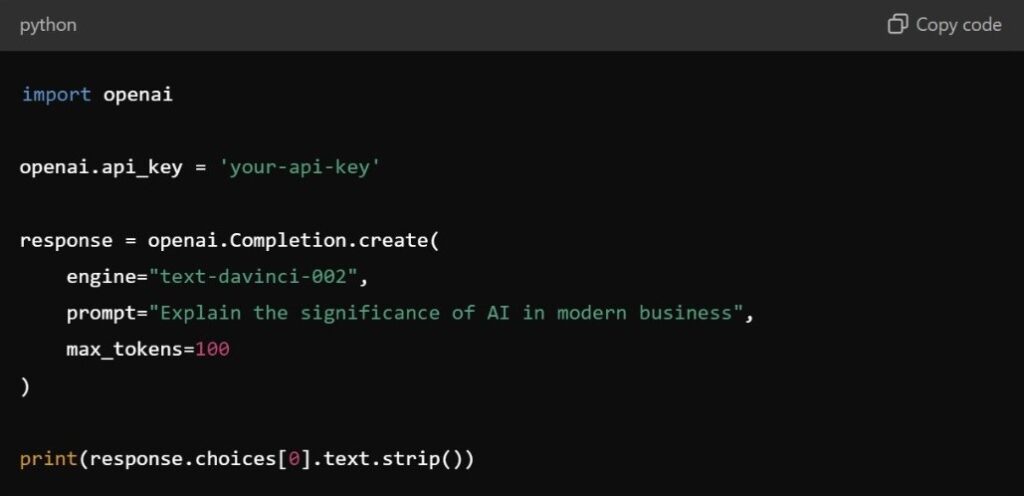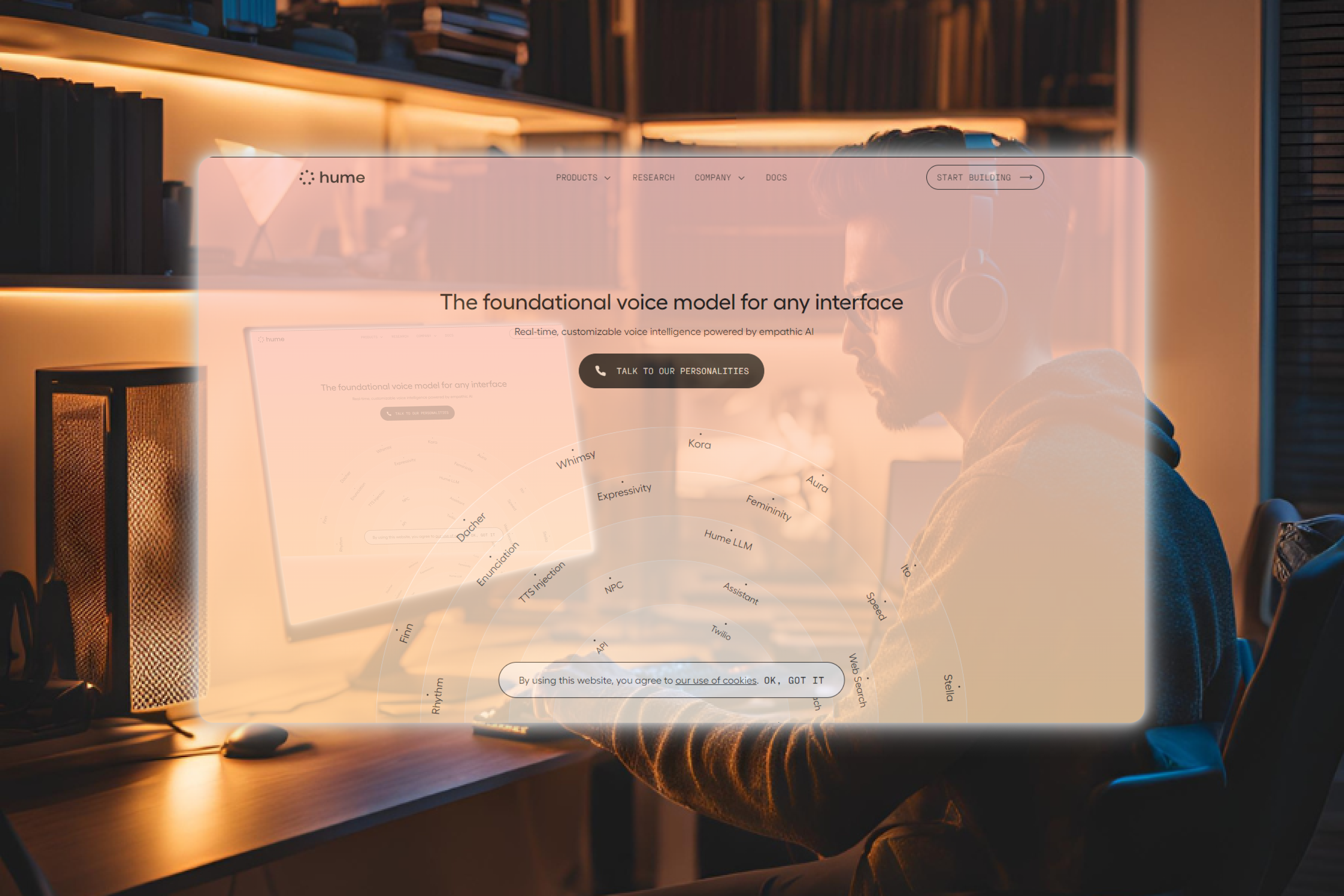Getting Started with OpenAI o1: Use Cases, API Guide and More
Getting Started with OpenAI O1: Use Cases, API Guide, and Latest Features
In the evolving landscape of AI and machine learning, OpenAI O1 has emerged as one of the most powerful and versatile tools available to developers, researchers, and businesses. Whether you’re a seasoned AI enthusiast or a beginner looking to dive into the world of artificial intelligence, OpenAI O1 offers a comprehensive platform that can accelerate innovation in a wide range of fields.

This blog will walk you through everything you need to get started with OpenAI O1, including its key use cases, how to effectively use its API, and a rundown of the latest features that make it a must-have tool for your AI projects.
What is OpenAI O1?
OpenAI O1 is a next-generation AI model that leverages cutting-edge machine learning techniques to perform a wide range of natural language processing (NLP) tasks. It is the latest iteration from OpenAI, designed to be more efficient, user-friendly, and accessible than previous models like GPT-4. Whether you’re looking to automate content creation, build AI-driven applications, or enhance business processes, OpenAI O1 makes it possible with its robust capabilities and advanced AP
Key Use Cases for OpenAI O1
OpenAI O1 isn’t just limited to text generation. It can be adapted to various real-world applications, providing businesses and developers with unique opportunities to streamline operations, improve customer experiences, and generate new value. Here are some of the most popular use cases:
- Content Creation and Copywriting
- OpenAI O1 can assist in generating high-quality articles, blog posts, product descriptions, and social media content. Its ability to understand context and create human-like text makes it ideal for marketers, copywriters, and content creators looking to automate their workflow.
- Customer Service Automation
- With OpenAI O1, companies can build smart chatbots and virtual assistants that can handle customer inquiries, resolve issues, and offer personalized support, all while reducing operational costs.
- Code Generation and Debugging
- OpenAI O1 can help developers write code faster by generating snippets, solving complex problems, or even debugging code. This makes it an invaluable tool for software development teams.
- Summarization and Research
- For researchers and professionals who need to sift through large volumes of data, OpenAI O1 can summarize lengthy documents, articles, or reports into concise, digestible information.
- Education and E-Learning
- OpenAI O1 is being used to generate quizzes, tutorials, and explanations across various academic subjects. Educators can rely on the AI to create engaging learning experiences tailored to students’ needs.
- Personalized Recommendations
- In eCommerce or media platforms, OpenAI O1 can be employed to offer personalized product or content recommendations based on user behavior and preferences.
Getting Started with the OpenAI O1 API
OpenAI O1’s API is designed to be user-friendly, allowing developers to integrate it into their applications with ease. Here’s a step-by-step guide to get started with the API:
- Sign Up for an API Key
- Before you can start using OpenAI O1, you’ll need to sign up for access to the API. Visit the OpenAI API page and sign up for an API key.
- Before you can start using OpenAI O1, you’ll need to sign up for access to the API. Visit the OpenAI API page and sign up for an API key.
- API Documentation
- Once you have access, familiarize yourself with the API documentation. This will provide you with all the information you need to interact with the API, including request formats, available endpoints, and sample code.
- Once you have access, familiarize yourself with the API documentation. This will provide you with all the information you need to interact with the API, including request formats, available endpoints, and sample code.
- Authentication
- Authenticate your API requests by passing your API key in the Authorization header. Here’s a quick example in Python:

4. Choose the Right Model
- Depending on your use case, OpenAI O1 provides various engines (models) optimized for different tasks. For instance, you might choose the davinci model for complex tasks requiring nuanced understanding, while curie or babbage models work well for simpler tasks.
5. Make API Calls
- The API can handle a wide range of tasks, including generating completions, answering questions, and translating languages. You can customize the model’s responses by adjusting parameters such
as temperature, max_tokens, and frequency_penalty.
6. Monitor Usage - OpenAI provides a dashboard where you can track your API usage, manage billing, and monitor performance. Keeping an eye on this will help ensure you stay within usage limits and optimize costs.
Latest Features of OpenAI O1
OpenAI O1 introduces several exciting features that set it apart from earlier versions:
- Improved Performance and Speed
- O1 is significantly faster and more efficient than its predecessors, which means it can handle more tasks in less time while maintaining high-quality outputs. This makes it ideal for high-demand environments like customer support or real-time content generation.
- Enhanced Context Understanding
- With O1, the model’s ability to understand and maintain context over longer conversations or text passages has been improved. This is particularly useful for chatbots, virtual assistants, or applications that require multi-turn interactions.
- Fine-Tuning Capabilities
- O1 allows for fine-tuning based on specific datasets, giving developers more control over the model’s behavior and output. This feature is especially useful for niche industries or specialized applications.
- Increased Token Limit
- OpenAI O1 supports a larger token limit per API call, enabling it to process and generate more extended pieces of content or conversations. This is crucial for tasks like document generation, legal briefs, or long-form writing.
- Custom Models for Enterprises
- Enterprises now have the option to create custom models tailored to their specific business needs. This feature allows for deeper integration and more precise outputs based on proprietary data.

Conclusion
OpenAI O1 is a game-changer in the field of AI-powered solutions. Its versatility, speed, and advanced features make it suitable for a wide range of applications, from content generation to customer service, coding, and beyond. Whether you’re a business owner looking to optimize operations or a developer aiming to build the next big AI-driven app, OpenAI O1 has the tools you need to succeed.
Ready to explore what OpenAI O1 can do for you? Start experimenting with the API today, and discover how this powerful AI model can transform your projects.
Have questions or feedback? Drop them in the comments below, and let’s continue the conversation about how AI can shape the future!





